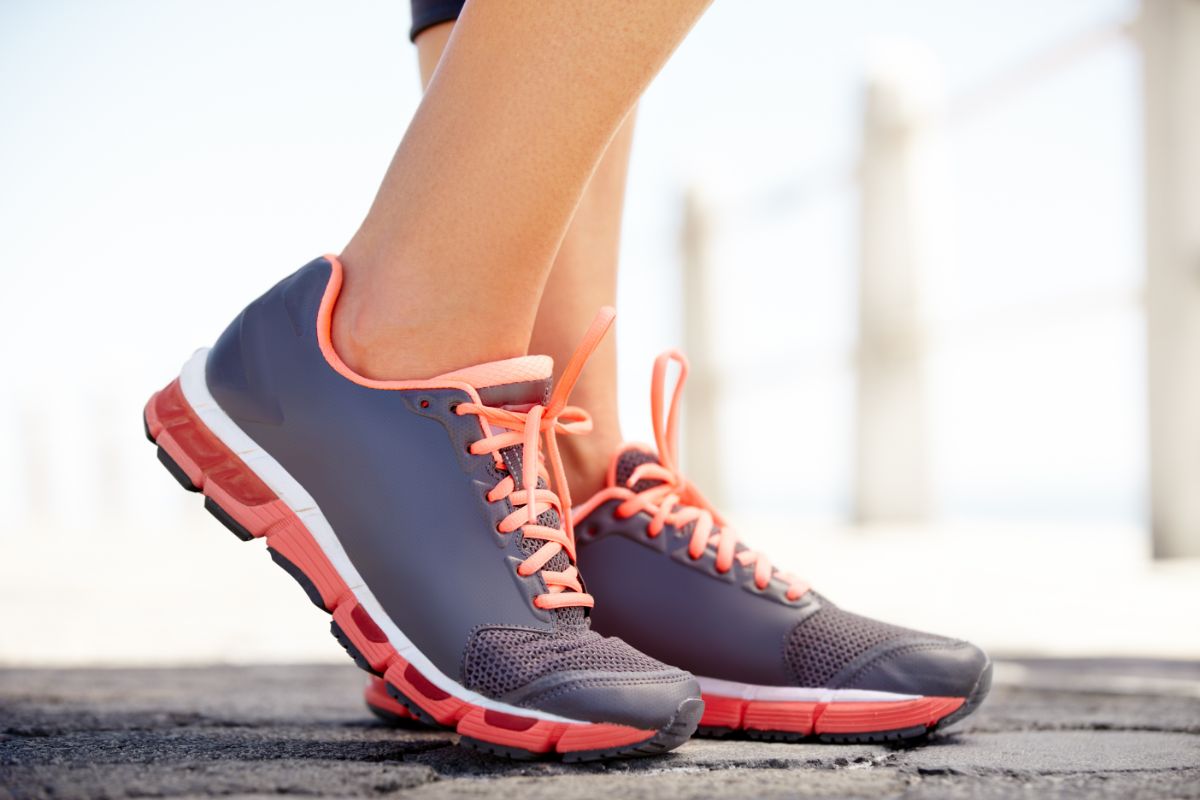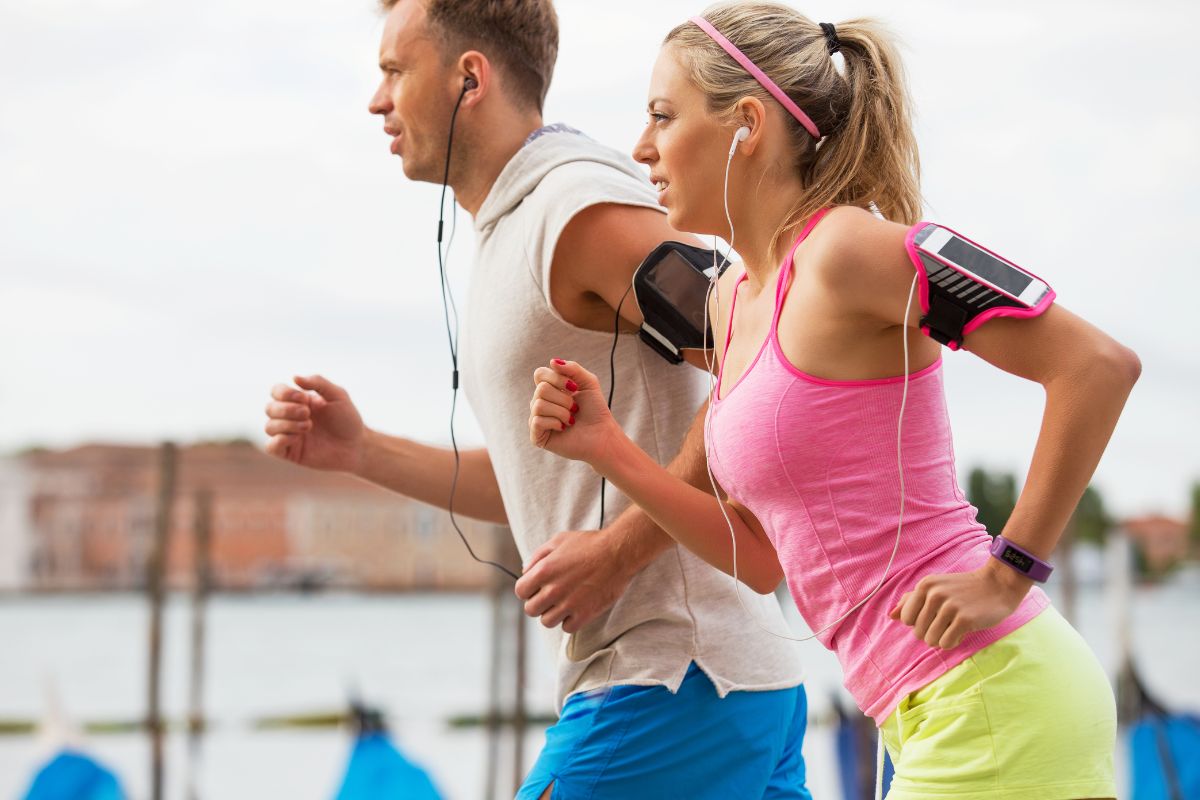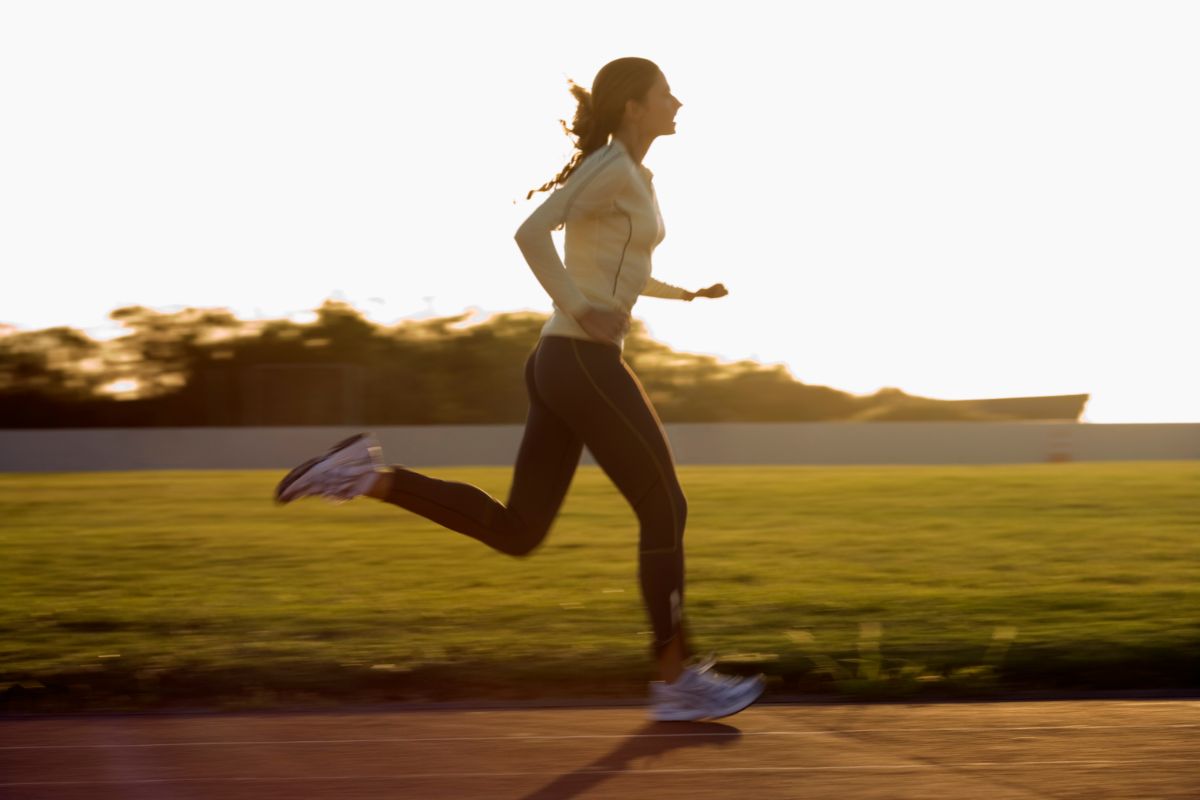If you’re a runner, then you’ve surely felt at least some of the effects of impacts on your feet – and possibly on other parts of your body too!
Many runners rely on their running shoes to help them deal with these impacts, but are your shoes really the most important factor in dealing with these shocks?

Well, if you’ve ever wondered just how important shoes are for dealing with impacts when you’re running, you’re in the right place.
We’ll look at how running shoes can help with these impacts, but we’ll also discuss why they’re not as important as you might think!
Why Does Shock Absorption Matter?
Running is a fantastic sport, and a great way for you to get fitter. However, it’s also important to be aware of the risks of running! WHen we think of hurting ourselves while running, we often think about pulled muscles, or simply slipping over.
However, one of the most important things to think about when staying safe while running is actually impact absorption!
Something that every runner needs to be aware of is the long term effect that the impacts of running can have on your joints.
Whenever your foot makes contact with the ground, you’re transferring your body weight onto it, often essentially from freefall! That’s a lot of force on your joints, as they all have to work to compensate for this force.
For instance, if you try to land with a completely stiff leg, ankle, and foot, you’re likely going to fall over, and very likely going to feel some pain as your foot impacts the floor.
Nobody runs like this – we use our joints and muscles to bend, flex, and absorb the impact, without even thinking about it.
However, even with our body’s natural ability to mitigate these impacts, they still have an effect over time. You’ve surely felt sore feet after a long run, right?
No matter how good your running shoes are, those impacts on your feet build up after a good run. Now, imagine the buildup of those impacts over the years!
Your feet are where you feel the impacts first, but all of the joints in your legs will also feel the effects of these impacts. This is one reason why many runners can end up with painful knees.
In fact, there’s a type of long-term injury that affects the knee called runners knee!
The effects of impact can be really serious for runners! They can affect your ability to run in both the short and long term. Impact shock can cause pain and injury to you in both the short and the long term.
So, the more that you can do to mitigate against it, the better off you’ll be in the long run.
Why Runners Wear Running Shoes?
Humans wear shoes for a lot of reasons, actually! The main one, of course, is to protect our feet from the ground. If we were to spend a long time walking on the ground without our shoes on, we’d eventually develop tough skin on the soles of our feet.
However, as we don’t, the skin on our feet is really soft, and can be damaged easily – especially when we have our full weight on one foot. Everyone has stepped on a small stone or Lego brick, and felt just how much it hurts even if it doesn’t break the skin!
So, for this obvious reason, we wear things on our feet. However, a lot of regular shoes aren’t great for your feet when you’re running.
Running shoes tend to incorporate more padding on the soles than regular shoes, which don’t do anywhere near as much to mitigate against shocks. Regular shoes tend to have much thinner soles, with nowhere near as much padding.
If you’ve ever gone running in shoes that aren’t meant for running in, you’ve definitely felt the difference. Whenever your feet impact the ground, you can feel the shock a lot more than when you’re using shoes that are more padded.
If you’ve ever had to sprint in dress shoes, you know just how much your feet and ankles hurt after a good sprint across a hard floor!
Not to mention, of course, the better grip that running shoes can have on the ground over other types of footwear.
Some shoes have soles that are made out of a hard material that’s more durable than the softer material that the soles of running shoes are made of.
However, these soles tend to have worse grip than running shoes when you’re moving at high speed, and can actually be quite slippery sometimes.
Running shoes aren’t typically very tough or durable like boots, and they don’t provide the same ankle support that a rugged set of walking boots does.
However, they allow for a lot more freedom, are typically very light, and let you move about quickly a lot more easily.
With all this in mind, it’s plain to see why runners use shoes meant for running in. However, even considering this, runners can’t just rely on running shoes to protect themselves against impact and shock from running.
Why Your Shoes Aren’t The Most Important Factor?
This isn’t to take away from the idea of wearing running shoes itself. After all, we generally need something to protect our feet when we’re running!
However, it’s important to remember that, even with the softest and most forgiving shoes in the world, you should still be aware of the importance for proper running techniques, and how biomechanics affect the impact that your body has to absorb when you’re running.
It’s really easy for anybody to fool themselves into thinking that the answer to a problem is to throw money at it. Runners are no different!
Even though running should be one of the cheapest sports and hobbies that anybody can participate in, there’s actually a huge market out there selling to runners.
And one of the things that many runners fall victim to is the idea that spending more money on things like expensive running shoes is going to make them a better runner.

Having good running shoes (and good doesn’t have to mean expensive!) is of course something that practically every runner needs! Some people of course do run barefoot, but for the majority of people, it’s simply not practical.
Particularly if you live in a city, as hard pavements are absolutely no fun at all to run barefoot on!
However, they’re not a magical fix for bad form. Having poor running form, and not paying attention to how you can use biomechanics and good form to help deal with the effects of shock, will have a negative effect on your running through pain and injury.
That’s true no matter how nice and soft your running shoes are. And, it’s true no matter how much money you’ve spent on them too!
Another thing to consider is the fact that your running shoes won’t last forever. In fact, they get less effective at helping you to deal with impacts the more they get used.
The soles and padding eventually break down, and they simply don’t cushion the blow the same way that they used to.
As many runners use their running shoes almost to the breaking point, it becomes even more important to consider running technique as something to help mitigate against these shocks.
How The Way You Run Affects Shock
The reality of it is that your running technique is actually more important than the shoes you wear! If you’re running with poor technique, then you’re increasing the risk of pain and injury.
One important thing to think about is the difference between the way we run and walk when we’ve got shoes on, compared to when we’re barefoot.
Just think about what would happen if you stamp on the ground as hard as you possibly can. You’re probably not even able to actually do it, as your body will try to protect you from hurting yourself!
But, if you did stamp on the ground with all of your might, you could expect the impact to really hurt. The ground won’t feel a thing, but you definitely will. And if you were to do it barefoot? You’re really going to feel that impact.
If we’re running or walking with bare feet, we naturally tend not to treat as heavily as we would when wearing shoes. This is simply because it hurts a lot to try to walk or run the same way as with shoes on.
The impacts are simply too much to bear! You’ll particularly notice this if you accidentally slam your heel to the floor in the same way you can get away with when you’re wearing shoes.
With shoes on, we tend to make harder impacts with the ground, for one thing. As there’s of course more padding in shoes than we have on our bare feet, we’re of course able to absorb more impact straight away.
However, the impact doesn’t disappear entirely! It is spread out more over the foot, as opposed to when running barefoot, and cushioned somewhat, but the impact still happens.
Over time, running with bad form makes the effects of these impacts build up. You might well not notice them at first, but running with a heavy foot that slams into the ground as hard as possible is going to do you no favors in the long run.
Easing The Impact On Your Joints
Therefore, one of the best things that you can do as a runner is to learn good running technique.
Expensive running shoes aren’t any substitute for good running technique, as you’ll still eventually have to deal with the long-term effects of these impacts on your joints.
This might seem a little complicated at first, as we all expect running to be something that comes naturally! Even if we’re not as fit as we’d like to be, most of us assume that we already know how to run.
However, paying a little bit of attention to your running style and technique can actually do wonders for helping to deal with the impacts of running.
Learning how to effectively use your joints and muscles to absorb some of this impact will make running a lot more pleasurable for you in the long run.
This doesn’t mean that you have to train to be an expert in biomechanics, so don’t worry about that! However, taking a bit of time to read up on good running technique to mitigate against these impacts will serve you so well in the long run.
You’ll be at much less risk of suffering pain and injury as a result of long term impacts on your feet and joints!
Conclusion
Hopefully this guide has helped you to learn everything you needed to know about shock absorption, and why running shoes aren’t the only answer!
- Can Dogs Run Faster Than Humans? (Running With Your Furry Friend) - October 4, 2022
- 10 Doggie Fun Runs You Will Love [Ultimate Guide] - October 4, 2022
- What Are Division Results In Running? - October 4, 2022








